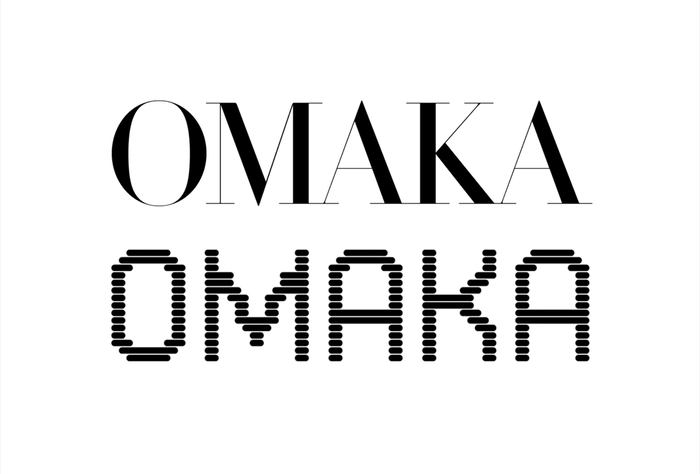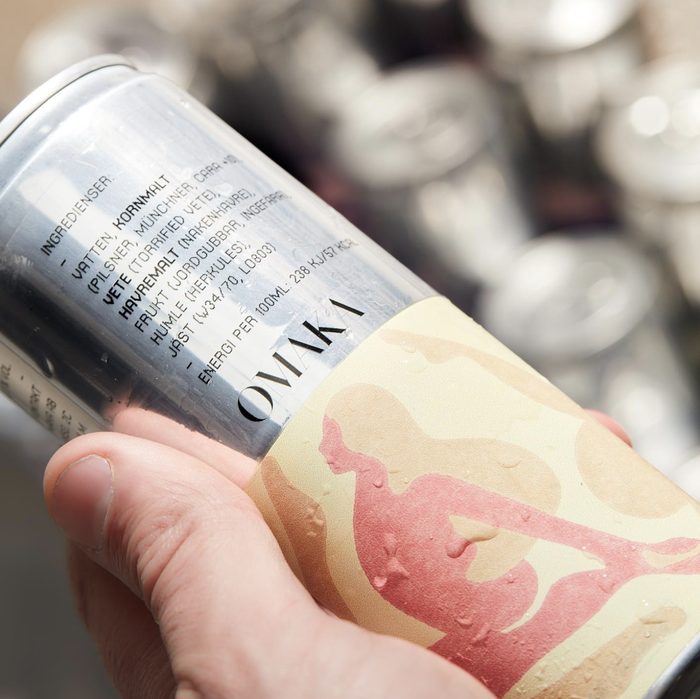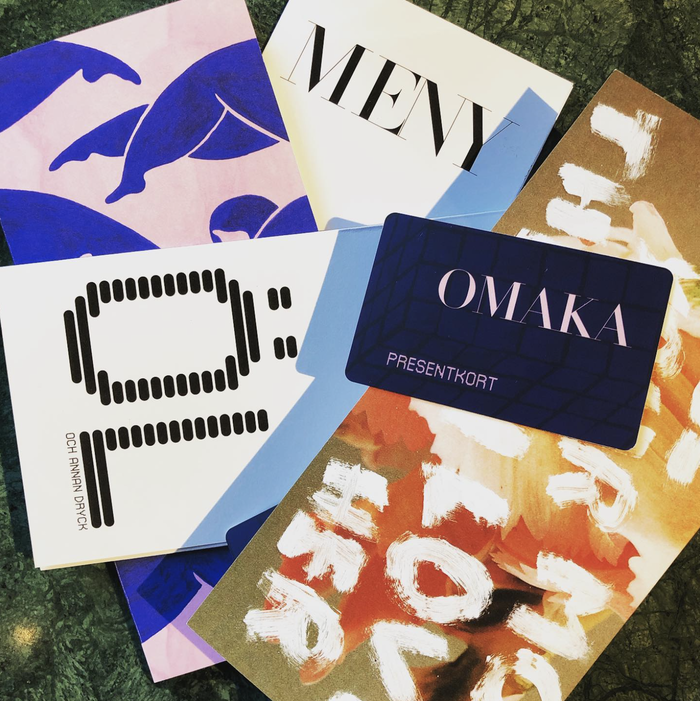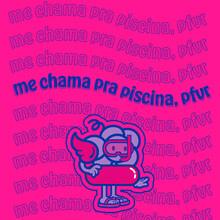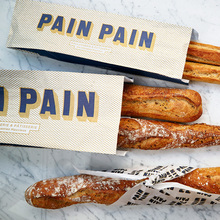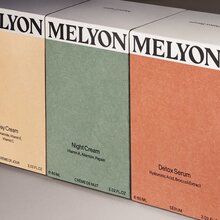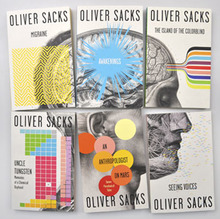Sign in to participate.
- Topics
- Activism (725)
- Architecture (955)
- Art (3115)
- Automotive (230)
- Business/Finance (485)
- Education/Academia (1488)
- Entertainment (1091)
- Event (2060)
- Fashion/Apparel (1070)
- Film/TV (1390)
- Food/Beverage (2160)
- Governmental/Civic (495)
- Graphic Design (2293)
- Health/Fitness (571)
- Home/Interior (584)
- Industrial Design (386)
- Institutional (907)
- Kids (562)
- Lifestyle (1010)
- Literature (2110)
- Local (945)
- Music (4284)
- News (473)
- Performing Arts (663)
- Politics (570)
- Product (1165)
- Religion/Spirituality (282)
- Retail/Shopping (742)
- Science/Nature (714)
- Services (948)
- Social Media (207)
- Sports (500)
- Technology (989)
- Transportation (247)
- Travel (585)
- Formats
- Advertising (1513)
- Album Art (2833)
- Art/Illustration (413)
- Booklets/Pamphlets (1630)
- Books (4439)
- Branding/Identity (5326)
- Ephemera (871)
- Exhibition/Installation (724)
- Film/Video (734)
- Infographics/Maps (406)
- Magazines/Periodicals (1455)
- Mobile/Tablet (443)
- Newspapers (228)
- Object/Product (772)
- Packaging (1587)
- Posters/Flyers (3871)
- Signs (1528)
- Software/Apps (204)
- Web (3653)
- Typefaces
- Adobe Caslon (71)
- Adobe Garamond (48)
- LL Akkurat (73)
- Aktiv Grotesk (56)
- Akzidenz-Grotesk (324)
- Akzidenz-Grotesk Condensed (62)
- Albertus (64)
- Alternate Gothic (125)
- Amelia (49)
- GT America (113)
- ITC American Typewriter (67)
- Ano (55)
- Antique Olive (70)
- Anzeigen-Grotesk / Neue Aurora IX (46)
- Aperçu (78)
- Apoc (139)
- Arial (159)
- Atlas Grotesk (60)
- ITC Avant Garde Gothic (240)
- Avenir (83)
- Avenir Next (49)
- Baby Teeth (51)
- Baskerville (71)
- Benton Sans (84)
- Berthold Block (45)
- Bodoni (118)
- Brandon Grotesque (88)
- LL Brown (73)
- Brush Script (52)
- Bureau Grot (54)
- Calibre (51)
- Century Expanded (55)
- Century Schoolbook (49)
- Cera (44)
- Cheltenham (53)
- LL Circular (69)
- Ciutadella (49)
- Clarendon (114)
- Compacta (96)
- Cooper Black (223)
- Copperplate Gothic (57)
- Courier (46)
- Davida (77)
- FF DIN (116)
- Druk (50)
- Druk Condensed (49)
- Druk Wide (64)
- Elephant (Alias) (56)
- Euclid Flex (77)
- Eurostile (182)
- Everett (90)
- Favorit (71)
- Folio (89)
- Founders Grotesk (116)
- ITC Franklin Gothic (67)
- Franklin Gothic (219)
- Futura (905)
- Futura Black (91)
- Futura Condensed (97)
- Futura Display (62)
- Geogrotesque (60)
- Georgia (91)
- Gill Kayo (89)
- Gill Sans (256)
- Gotham (229)
- Grand Slang (47)
- Graphik (115)
- Harbour (173)
- Helvetica (970)
- Helvetica Condensed (105)
- Hobo (69)
- Interstate (88)
- Kabel (78)
- Kabel Black (74)
- Knockout (131)
- Lausanne (154)
- Lydian (64)
- Lyon (70)
- Maison Neue (57)
- Microgramma (58)
- Miller (47)
- Minion (64)
- Monotype Grotesque (71)
- Montserrat (53)
- Motter Ombra (69)
- Neue Haas Grotesk (149)
- Neue Helvetica (288)
- Neutraface (78)
- News Gothic (216)
- Ogg (80)
- Omnes (75)
- Open Sans (49)
- Optima (129)
- Palatino (65)
- Plaak (48)
- Plantin (59)
- Proxima Nova (98)
- Roboto (54)
- Sabon (45)
- GT Sectra (69)
- ITC Serif Gothic (94)
- Sharp Grotesk (55)
- ITC Souvenir (117)
- Sporting Grotesque (48)
- Suisse Int’l (252)
- Suisse Works (78)
- Surt (81)
- Tempo (49)
- Tiempos (80)
- Times (96)
- Times New Roman (204)
- FB Titling Gothic (48)
- Trade Gothic (151)
- Univers (465)
- Venus (46)
- Venus Extended (67)
- Verlag (45)
- Volta (45)
- GT Walsheim (86)
- Windsor (89)
- These are the most common typefaces in the database, but there are many more. Try a search!
- Sign in to participate.
Topics▼ |
Formats▼ |
Typefaces▼ |

